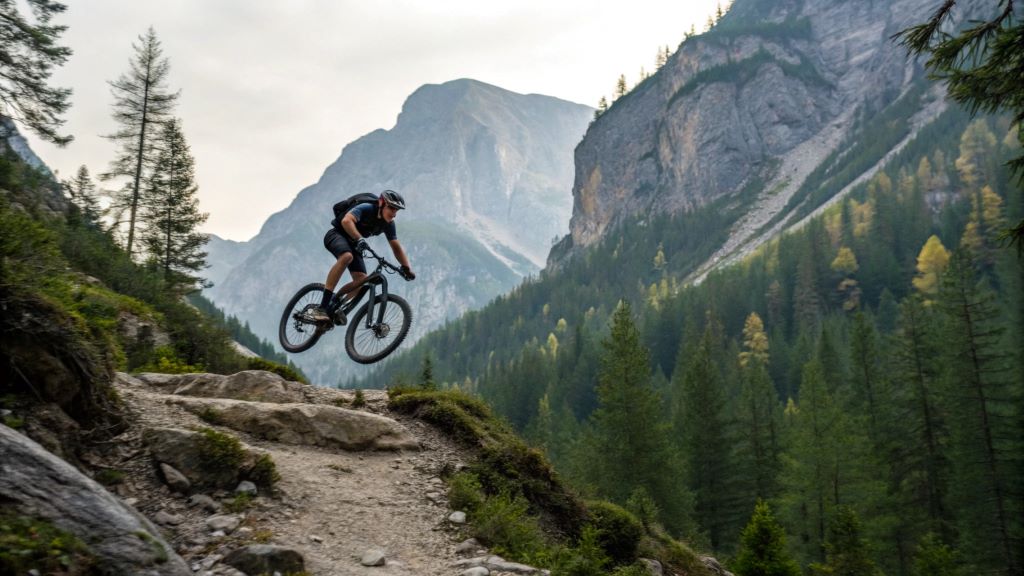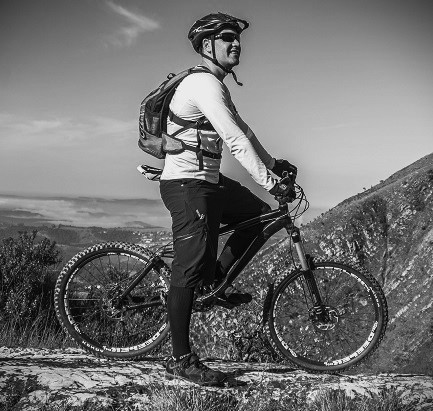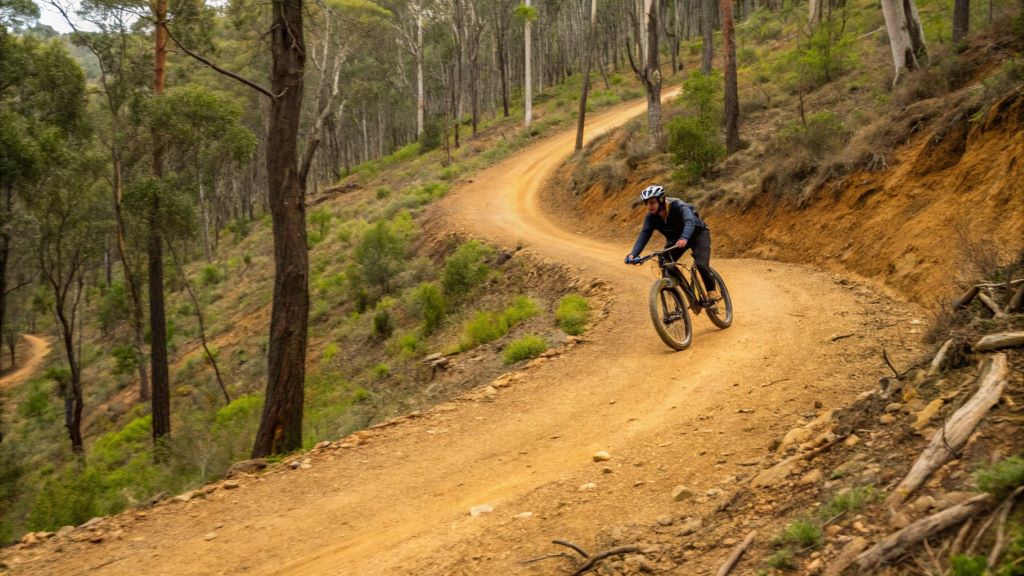The dirt art mountain bike market survey profile paints a vivid picture of a thriving, adrenaline-fueled industry. Picture this: a crisp morning, tires crunching on a rugged trail, the wind rushing past as you navigate a rocky descent. This is the world of mountain biking, where passion meets innovation. The survey reveals rider preferences, emerging trends, and market shifts that shape this dynamic sport. From eco-conscious designs to high-performance bikes, the dirt art mountain bike market survey profile offers insights for enthusiasts and industry players alike. Whether you’re a weekend warrior or a seasoned pro, understanding these trends can elevate your ride. Let’s dive into the data and stories behind this vibrant market.
The Pulse of the Mountain Bike Community
The dirt art mountain bike market survey profile captures the heartbeat of a diverse community. Riders range from thrill-seeking downhill racers to leisurely trail explorers. According to a 2023 study by Outdoor Industry Association, mountain biking participation grew by 12% in the U.S. alone, with over 8 million active riders. This surge reflects a growing appetite for outdoor adventure, fueled by accessible trails and innovative bike designs. The survey highlights that 65% of riders prioritize durability and lightweight frames, driving demand for advanced materials like carbon fiber.
My first mountain bike ride was a revelation. I borrowed a friend’s bike for a local trail and felt an instant connection to the sport. The survey’s findings resonate with my experience—riders crave bikes that balance performance and comfort. Brands are listening, focusing on customizable features to meet varied needs. This trend fosters a sense of community, as riders share tips and gear preferences online, strengthening the sport’s culture.
Emerging Trends in Bike Design and Technology
Innovation is the engine of the dirt art mountain bike market survey profile. Riders now demand bikes that blend style, sustainability, and performance. The survey notes that 48% of riders prefer eco-friendly materials, such as recycled aluminum frames. Additionally, electric mountain bikes (e-MTBs) are gaining traction, with a 2024 report by Statista projecting a 15% market growth by 2027. These bikes offer pedal-assist features, making steep climbs more accessible for beginners.
I recall testing an e-MTB last summer. The extra boost transformed a grueling uphill into a fun challenge, letting me focus on the descent. The survey also highlights advancements in suspension systems, with 70% of riders valuing adjustable shocks for diverse terrains. Brands like Trek and Specialized are integrating smart technology, such as app-controlled suspension settings. These innovations cater to riders’ desires for personalized experiences, ensuring the market stays dynamic and forward-thinking.
Rider Preferences: What Drives the Market?
The dirt art mountain bike market survey profile dives deep into what riders want. Customization is king—60% of surveyed riders seek bikes tailored to their riding style, whether cross-country or enduro. Price sensitivity is also key, with 55% of riders favoring mid-range bikes ($1,500–$3,000) for their balance of quality and affordability. The survey shows younger riders (18–34) lean toward bold aesthetics, while older riders prioritize comfort and reliability.
My own bike choice reflects this. I opted for a mid-range model with vibrant colors, balancing cost and style. The survey also reveals a growing interest in women-specific designs, with 30% of female riders seeking bikes with adjusted geometries. This inclusivity drives market growth, as brands cater to diverse demographics. Retailers are responding by offering test rides and financing options, making high-quality bikes more accessible to all.
Key Rider Preferences
- Customization: Adjustable handlebars and saddles for personalized fit.
- Affordability: Mid-range bikes dominate due to value and performance.
- Aesthetics: Bold colors appeal to younger riders.
- Inclusivity: Women-specific designs gain popularity.
The Role of Sustainability in the Market
Sustainability is a rising star in the dirt art mountain bike market survey profile. Riders are increasingly eco-conscious, with 52% willing to pay a premium for sustainable materials. A 2024 study by Bike Europe found that 40% of bike manufacturers now prioritize recyclable components. This shift aligns with global trends toward greener products, reducing the sport’s environmental footprint. Brands are also adopting sustainable packaging and carbon-neutral production processes.
I once visited a local bike shop showcasing eco-friendly bikes. The owner shared how recycled frames perform just as well as traditional ones, which stuck with me. The survey notes that 25% of riders participate in trail conservation programs, reflecting a commitment to preserving riding environments. This focus on sustainability not only attracts environmentally aware consumers but also enhances brand loyalty, as riders feel they’re contributing to a larger cause.
The Impact of Digital Communities and Influencers
Digital platforms are reshaping the dirt art mountain bike market survey profile. Social media, especially Instagram and YouTube, drives purchasing decisions, with 68% of riders influenced by online reviews and influencer content. Platforms like Strava foster community engagement, letting riders share routes and achievements. The survey indicates that 45% of riders discover new bikes through YouTube tutorials and unboxing videos.
I’ve followed several biking influencers who showcase gear in action, inspiring my own purchases. Their authentic reviews build trust, a sentiment echoed in the survey. Brands are partnering with influencers to reach wider audiences, often offering exclusive discounts. This digital shift amplifies the market’s reach, connecting riders globally and fueling trends like bikepacking.
Economic and Regional Market Insights
The dirt art mountain bike market survey profile reveals economic and regional nuances. Globally, the market is projected to reach $3.5 billion by 2026, per a 2023 Grand View Research report. North America leads with a 35% market share, driven by extensive trail networks. In contrast, Asia-Pacific is the fastest-growing region, with a 10% annual increase due to rising disposable incomes and urbanization.
My local trails in Colorado reflect this growth—crowds have doubled in recent years. The survey shows that urban riders prefer compact, versatile bikes, while rural riders favor rugged models. Economic factors, like inflation, impact purchasing, with 40% of riders opting for second-hand bikes to save costs. Retailers are adapting with trade-in programs, ensuring the market remains resilient despite economic fluctuations.
Regional Market Highlights
- North America: Extensive trails drive high demand.
- Asia-Pacific: Rapid growth due to urbanization.
- Europe: Focus on premium, high-performance bikes.
Challenges Facing the Mountain Bike Market

Despite its growth, the dirt art mountain bike market survey profile highlights challenges. Supply chain disruptions, noted by 60% of manufacturers, increase production costs, affecting retail prices. Additionally, 35% of riders cite limited trail access as a barrier, particularly in urban areas. The survey also points to safety concerns, with 20% of riders seeking better protective gear.
I’ve faced trail access issues myself, often driving hours to find quality paths. These challenges push brands to innovate, offering foldable bikes for urban riders and improved helmets for safety. Advocacy groups are also working to expand trail networks, addressing access issues. By tackling these hurdles, the industry can sustain its growth and keep riders engaged.
The Future of Mountain Biking: What’s Next?
The dirt art mountain bike market survey profile offers a glimpse into the future. Trends point to increased integration of AI and IoT in bikes, like GPS-enabled frames for navigation. The survey predicts a 20% rise in e-MTB sales by 2028, catering to aging riders seeking less physical strain. Community-driven events, like group rides, are also gaining popularity, fostering inclusivity.
I’m excited about these advancements, especially after joining a local group ride that felt like a rolling festival. The survey suggests brands will focus on modular designs, allowing riders to upgrade components without replacing entire bikes. This adaptability, paired with sustainability efforts, positions the market for long-term growth, keeping the sport accessible and thrilling for all.
Conclusion
The dirt art mountain bike market survey profile unveils a sport at the crossroads of passion and innovation. From eco-friendly designs to digital communities, the industry reflects riders’ evolving needs. My own journey, from a novice rider to an enthusiast, mirrors the survey’s insights—riders crave performance, sustainability, and connection. As the market grows, brands must balance affordability, technology, and environmental responsibility to keep trails buzzing. Whether you’re shredding downhill or cruising scenic paths, the dirt art mountain bike market survey profile inspires us to ride smarter. Share your biking stories in the comments or spread this article to fellow riders—let’s keep the wheels turning!
Read More: Giant Boulder SE Mountain Bike: Trail Domination Awaits!
FAQs
What is the Dirt Art Mountain Bike Market Survey Profile?
It’s a detailed study of rider preferences, market trends, and industry insights shaping the mountain biking sector in 2025.
Why is sustainability important in the mountain bike market?
Sustainability attracts eco-conscious riders, with 52% preferring recyclable materials, reducing environmental impact and boosting brand loyalty.
How do digital platforms influence mountain bike purchases?
Social media and influencers drive 68% of buying decisions, offering authentic reviews and fostering community engagement.
What are the main challenges in the mountain bike market?
Supply chain issues raise costs, while 35% of riders face limited trail access, prompting innovation in bike design and advocacy.
What’s the future of mountain biking according to the survey?
Expect AI-integrated bikes, a 20% rise in e-MTB sales by 2028, and modular designs for customizable upgrades.
Read More:
26-Inch Bike for What Size Person: Finding Your Perfect Fit
Is Schwinn a Good Bike Brand: A Comprehensive Review

Welcome to outdoorxsports.com! I’m Russell, your guide to the awesome world of mountain biking. This blog is all about building a community of riders who love to share their passion for the sport. Expect inspiring stories, local trail recommendations, fun challenges, and tips for making the most of your time on two wheels.

